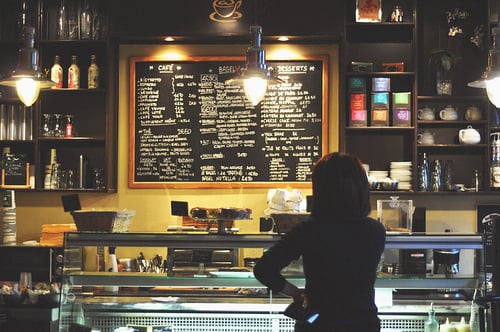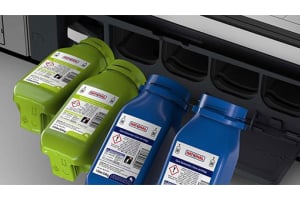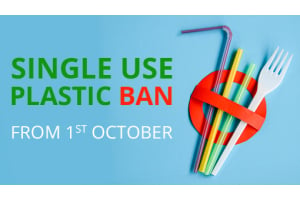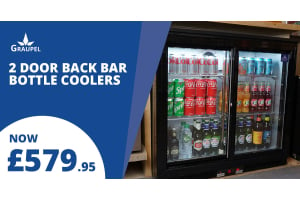
In the UK, the coffee shop industry saw a market rise of 37%, from £2.4 billion in 2011 to £3.4 billion in 2016. After 18 years of considerable continued growth, the coffee shop market is one of the most successful in the UK economy and is set to outnumber pubs by 2030 as coffee shops become the new local. However, a lot of this growth is related to the increase in branded cafe chains such as Starbucks or Costa Coffee. While independent chains saw some growth competing with the large corporations is becoming more of a challenge, it could be argued that the café and coffee shop industry is reaching a saturation point and trying to stand out from the crowd.
Here are some tips for staying in the game.
Who are your current customers?
What are your customer demographics, who are they, where do they live, how old are they, what do they buy from you, how often do they come to your store, how do they pay (card or cash), how do they get to your store? Etc. All this information will help you build a customer profile and give you a better understanding of your market group.
How long is the lifetime of your customer?
Their lifetime value should measure customers. Customer A comes into your cafe and orders a coffee and spends £7. Customer B comes into your cafe and orders breakfast and has two coffees and spends £23. Which of these customers is most valuable to you? From this information, it might seem obvious, but customer A visits you every day of the year as he lives nearby, and you are his regular coffee place. He spends £1,460 per annum with you. Customer B said he was visiting the area for a meeting around the corner. While he may well come back again if he has a meeting in the area again, he's worth £23 per annum right now and possibly only for that year. Identifying which of your customers are lifetime customers will help you to know who to target and who you could be increasing your sales with.
Who are the customers you want to find more of?
With the demographic data acquired from point 1, you’ll be able to identify which age group your customers consist of, then looking at the area around your business (the town/city/street) identify what age groups are routinely in the vicinity of your café. Then you can come up with marketing strategies to encourage the customers you want into your business.
Ensure Customer retention and increase average spend and visit
Retaining existing customers is as important as acquiring new customers, to ensure you maintain your existing customer's efforts must be made to encourage them to buy more of your current product. One way to do this to help customers to buy an additional product when they purchase. This might be a muffin with their coffee, or it could be a second coffee for a friend. It could be you suggest they stay and try the lunch menu when they had visited for a late morning coffee. Mostly this will require staff to be proactive in selling. To increase the frequency of a customer's visits, you must look at your customers individually to find a reason for them to come back more often, building customer relationships and remembering customer names can build loyalty towards your business. Also, things like loyalty cards or free drink stamps can encourage customers to increase their visits and continue spending a little extra with you.
Increase your trading space, seating space
If possible adding extra tables and chairs provide a relatively cheap way to increase the customer yield of your café, making use of the front your premises on the footpath will provide further seating, also during the summer month extended seating outside gives the illusion that your café is busier and subsequently popular.
Offering a new product or service
A new product/service could be as simple as providing takeaway food. Instead of your customers thinking about another food outlet when they want a takeaway sandwich or salad, they know they can ALSO get that from you. Communicating this new service to your existing customer base then becomes the task at hand.
Develop a new product for new customers
By offering a new product it may entice customers looking for that product to try your business, for example, providing a new food line, e.g. pizza, will attract customers in your area looking to eat pizza. Also from gathering demographics on your customers, you’ll be able to identify a product gap in which you should be selling to attract new customers.
For each of the strategies, there must be a careful evaluation of the potential gains and how those gains can be most effectively delivered. Understanding the cost of generating additional sales is critical to building an effective sales development plan.







